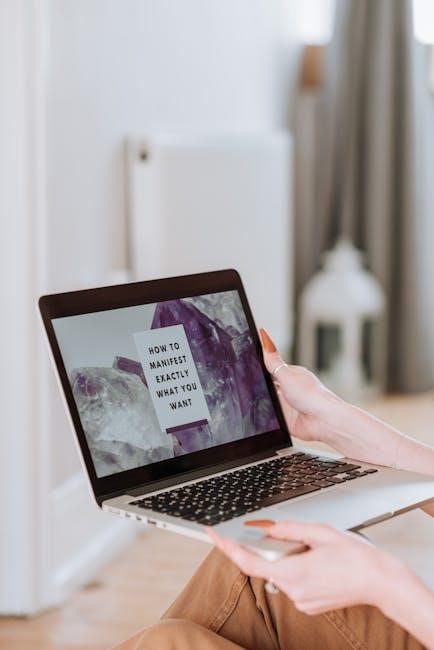As a seamstress‚ having the right sewing presser foot can make all the difference in the quality and efficiency of your sewing projects. With so many types of presser feet available‚ it can be overwhelming to determine which ones you need and how to use them effectively. In this comprehensive guide‚ we will explore the world of sewing presser feet‚ covering their types‚ uses‚ and common issues‚ to help you unlock the full potential of your sewing machine.
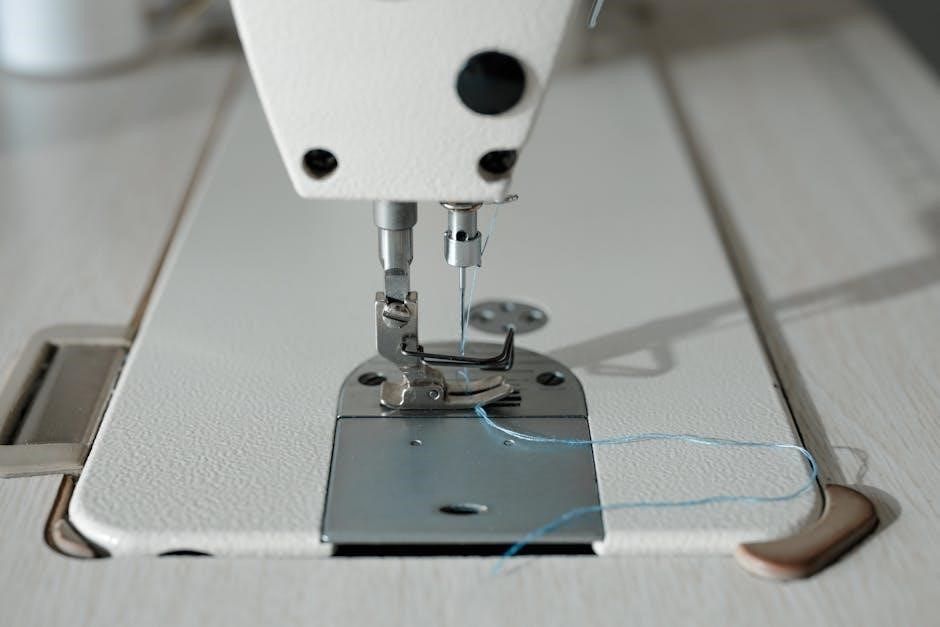
Types of Sewing Presser Feet
There are numerous types of sewing presser feet‚ each designed for specific sewing techniques and projects. Some of the most common types of presser feet include:
- Zipper Foot: used for sewing zippers‚ piping‚ and decorative edges
- Quarter-Inch Sewing/Quilting Foot: used for quilting‚ patchwork‚ and sewing precise seams
- Roller Foot: used for sewing smooth‚ even seams on thick or slippery fabrics
- Overlock Foot: used for sewing overlocks‚ finishing seams‚ and preventing fraying
- Walking Foot: used for sewing thick or bulky fabrics‚ such as denim‚ leather‚ or multiple layers
- Hemmer Foot: used for sewing hems‚ cuffs‚ and other narrow folds
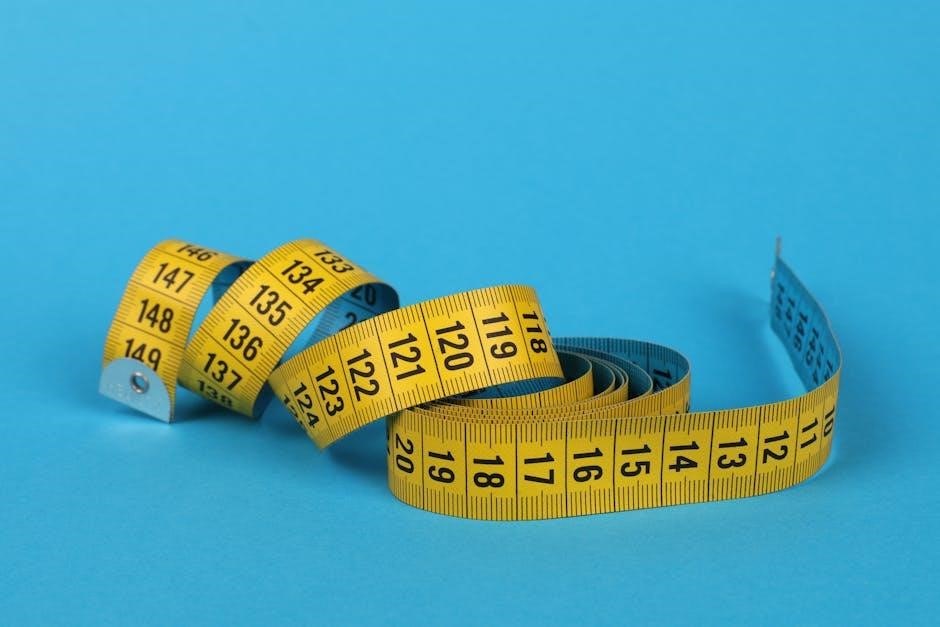
How to Use Sewing Presser Feet
Using the right presser foot for your sewing project can make a significant difference in the quality of your work. Here are some tips for using sewing presser feet effectively:
- Always refer to your sewing machine manual for specific instructions on how to attach and use each presser foot
- Choose the right presser foot for your project‚ taking into account the type of fabric‚ seam type‚ and desired finish
- Adjust the presser foot as needed to ensure proper alignment and tension
- Use the correct needle position and tension for your project
- Practice using each presser foot to become familiar with its unique features and capabilities
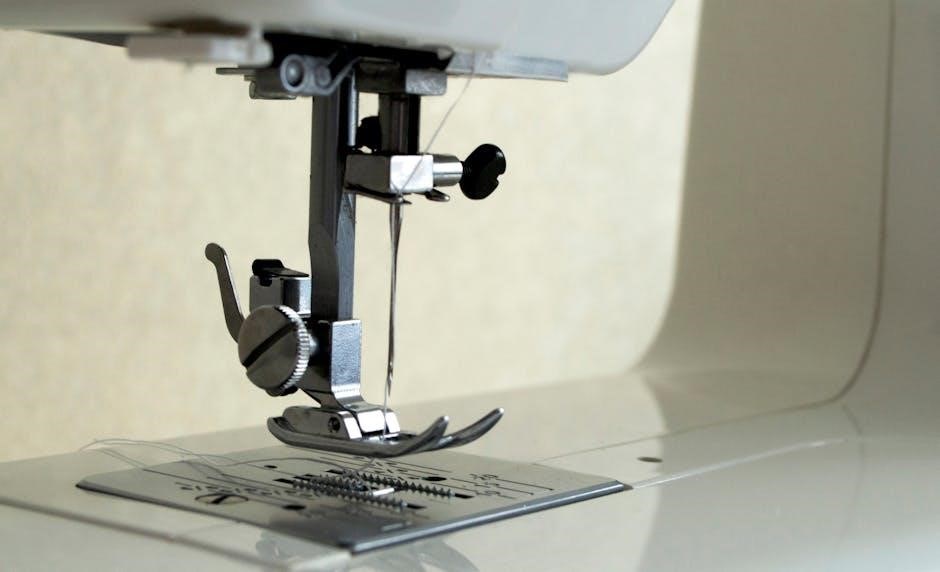
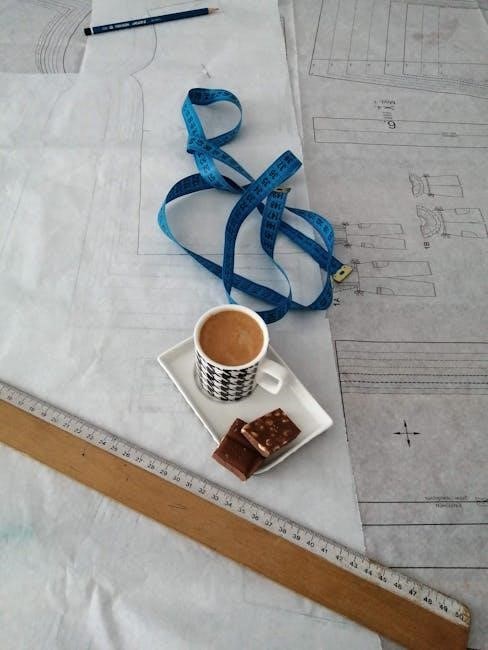
Common Issues and Troubleshooting
Despite their benefits‚ sewing presser feet can sometimes cause issues or problems. Here are some common issues and troubleshooting tips:
- Incorrect presser foot attachment: ensure that the presser foot is properly attached to the sewing machine‚ following the manufacturer’s instructions
- Improper tension: adjust the presser foot tension to ensure that it is not too tight or too loose‚ which can affect the quality of the seam
- Needle breakage: use the correct needle type and size for your project‚ and avoid using the presser foot with a broken or damaged needle
- Fabric bunching or dragging: adjust the presser foot and needle position to ensure that the fabric is feeding smoothly and evenly
